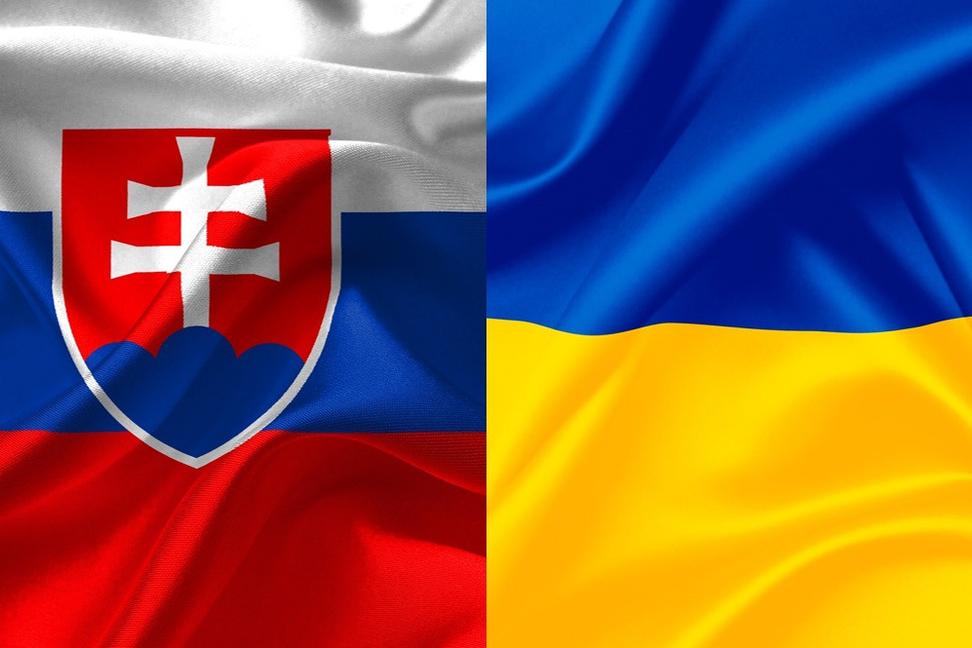“Language levels vary greatly among children from Ukraine, but for most students it does not reach a level that would allow them to fully participate in education.” This is also one of the key findings of our new analysis, on which we collaborated with the State School Inspectorate.
The language barrier is best removed by teaching Slovak as a foreign language. However, our results show that, also due to a number of obstacles, less than a third of schools with children from Ukraine (31.4%) organized state language courses in the 2022/23 academic year.
Another problem is that when overcoming the language barrier in teaching, apparently, only a minimum of teachers could count on a pedagogical assistant who knew the Ukrainian language, or a translator. According to the teachers of the schools visited, the role of interpreters was most often taken on by other students from Ukraine.
This procedure carries several risks. Translation does not have to be accurate, it can be a burden on student translators to the detriment of their own learning, and it is not possible or appropriate for a student to translate in all situations.
Since knowledge of the Slovak language is a key condition for the successful integration of students from Ukraine, the Ministry of Education should: (1) support the organization of state language courses in the upcoming 2023/24 academic year and (2) support the employment of assistant teachers who are fluent in Ukrainian.
More details on our findings, which in addition to language support also relate to school needs, learning and mental health support, and relationships between Ukrainian students and their classmates, can be found in the new analysis.
The data for the report was collected during the 2022/23 school year based on electronic questionnaires for primary school principals. The survey involved 608 primary schools where children from Ukraine study. Thus, the results give a picture of what is happening in about two-thirds (67.6%) of all primary schools in Slovakia that have students from Ukraine.
The report is complemented by the results of controlled interviews with principals (30), controlled interviews with class teachers (120), questionnaires of Ukrainian male and female students of the 2nd grade of primary schools (412) and questionnaires of students' classmates from Ukraine (3869). The interviews were conducted in 30 selected primary schools.
Details can be found on the Center for Educational Analysis page.
The language barrier is best removed by teaching Slovak as a foreign language. However, our results show that, also due to a number of obstacles, less than a third of schools with children from Ukraine (31.4%) organized state language courses in the 2022/23 academic year.
Another problem is that when overcoming the language barrier in teaching, apparently, only a minimum of teachers could count on a pedagogical assistant who knew the Ukrainian language, or a translator. According to the teachers of the schools visited, the role of interpreters was most often taken on by other students from Ukraine.
This procedure carries several risks. Translation does not have to be accurate, it can be a burden on student translators to the detriment of their own learning, and it is not possible or appropriate for a student to translate in all situations.
Since knowledge of the Slovak language is a key condition for the successful integration of students from Ukraine, the Ministry of Education should: (1) support the organization of state language courses in the upcoming 2023/24 academic year and (2) support the employment of assistant teachers who are fluent in Ukrainian.
More details on our findings, which in addition to language support also relate to school needs, learning and mental health support, and relationships between Ukrainian students and their classmates, can be found in the new analysis.
The data for the report was collected during the 2022/23 school year based on electronic questionnaires for primary school principals. The survey involved 608 primary schools where children from Ukraine study. Thus, the results give a picture of what is happening in about two-thirds (67.6%) of all primary schools in Slovakia that have students from Ukraine.
The report is complemented by the results of controlled interviews with principals (30), controlled interviews with class teachers (120), questionnaires of Ukrainian male and female students of the 2nd grade of primary schools (412) and questionnaires of students' classmates from Ukraine (3869). The interviews were conducted in 30 selected primary schools.
Details can be found on the Center for Educational Analysis page.
